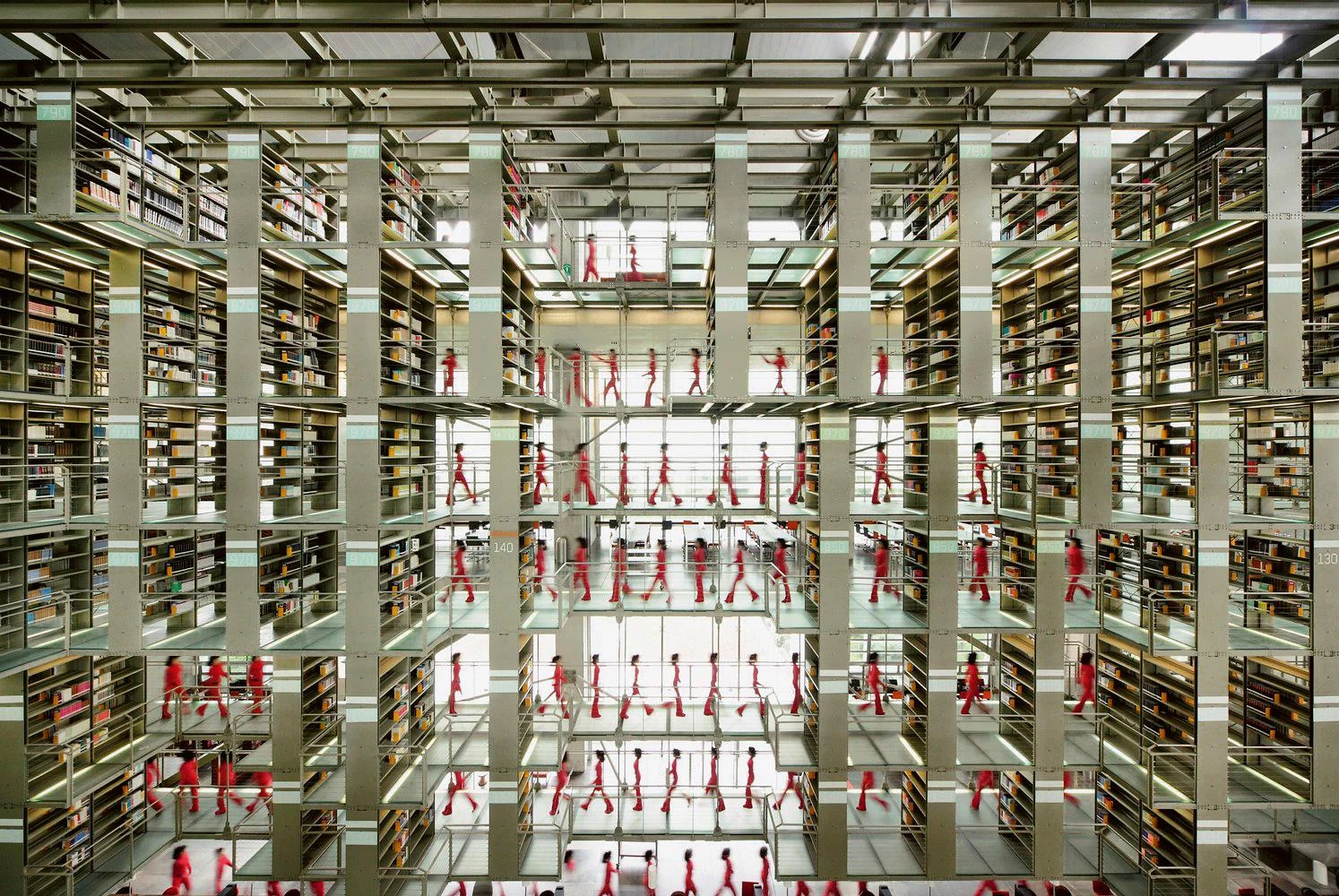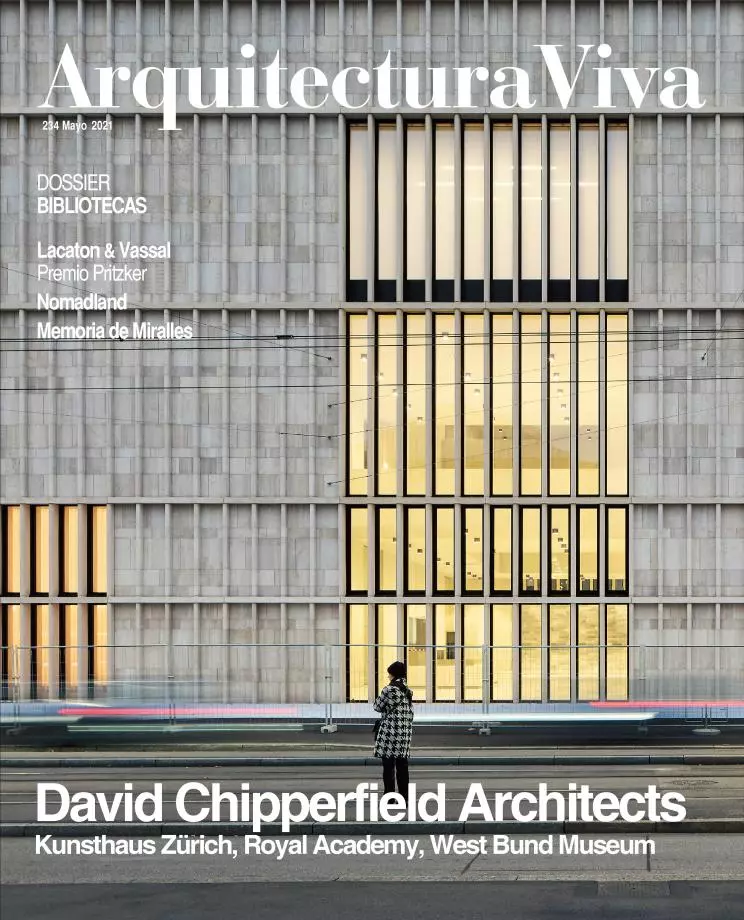Libraries in Digital Times

Alberto Kalach/TAX, Biblioteca Vasconcelos (México D.F.)
‘This will kill that.’ In Victor Hugo’s prophecy – which was also McLuhan’s – ‘this’ referred to books and ‘that’ to cathedrals. It was a process of creative destruction that lasted as long as it took digitalization to arrive, and with it a new prophecy in which ‘this’ became the new electronic media and ‘that’ meant our old books. Of the two prophecies, only Hugo’s has fully come true: despite the stubborn millenarianism of the digital, the web has fallen far short of doing away with books.
For the plain truth is that in our digital age, more books have been printed than ever before. The bibliographic explosion can be attributed to publishers’ inclination to diversify, and especially to the fact that small print-runs are possible, and even profitable, thanks to digital technology, and however true it may be that this has not brought on a proportional improvement in the quality of printed contents, it has definitively ensured the book format a continued fundamental place in the culture system.
That said, although digitalization has not in the least brought on the end of books, it has certainly put libraries – architecture built for books – to the test. This is especially because online access to any sort of title – a process that has only just begun – has to a great extent democratized access to knowledge. At the same time, it has rendered anachronistic one of the principal purposes that libraries have served since the glorious times of Alexandria: being physical deposits of knowledge. Hence, the fate that has struck the library is similar to that which has befallen the book: both remain necessary, but have had to adapt to the paradigm shift. What’s interesting is that in the transformation from the physical to the digital library, some things have changed substantially whereas others have tended to persevere or even intensify. Among the former, the notion of the library as a place given over exclusively to reading no longer holds; among the latter, the idea of the library as a social hub with accommodation for different activities, in an atmosphere marked by the scenography of books and the scenography of knowledge, has gained ground.
This is a process that Arquitectura Viva set out to examine early on, a decade ago (see issue 135), and which it now takes stock of through the three examples selected for feature in this dossier. In the State Library of Württemberg in Stuttgart, the firm Lederer Ragnarsdóttir Oei turns architecture into an element that gives character to a part of the city; in the municipal library of Kressbronn (Germany), Steimle Architekten converts a former barn into a visually powerful new civic facility; and in the community library of Yusuhara (Japan), Kengo Kuma uses biological metaphors to create a pleasing organic atmosphere.

OMA, Biblioteca Nacional de Catar, Doha (Catar)





